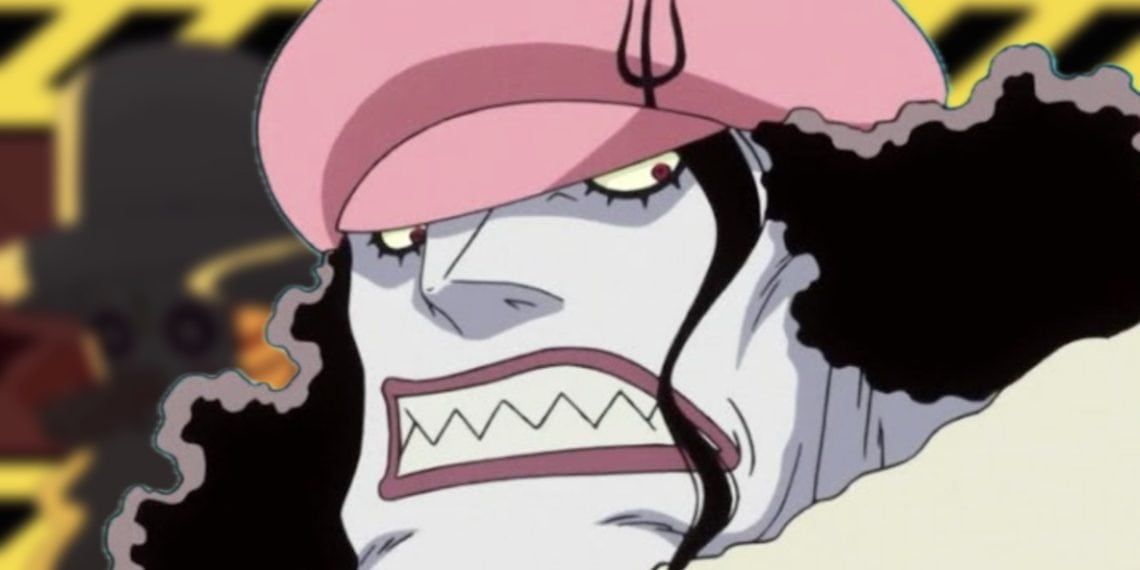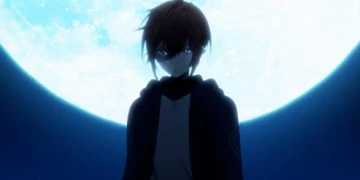Eiichiro Oda’s iconic anime series One Piece is rightly considered one of the greatest and most influential of all time. As part of the esteemed “Big Three” of anime along with Naruto and Bleach, One Piece has captured the imaginations of fans across generations for over 25 years with its epic storytelling, colorful characters, and creative worldbuilding.
While following the classic Shonen template in many ways, One Piece frequently transcends the typical tropes of anime aimed at teenagers and contains layers of complexity that give it more mature, universal themes.
This depth and nuance is part of what has enabled the series to continually mesmerize its loyal fanbase after 1000+ chapters and episodes.
However, not every storyline arc in One Piece has fully captivated audiences. Certain antagonists, like the Fishman Island arc’s villain Hody Jones, fell a bit flat with some fans.
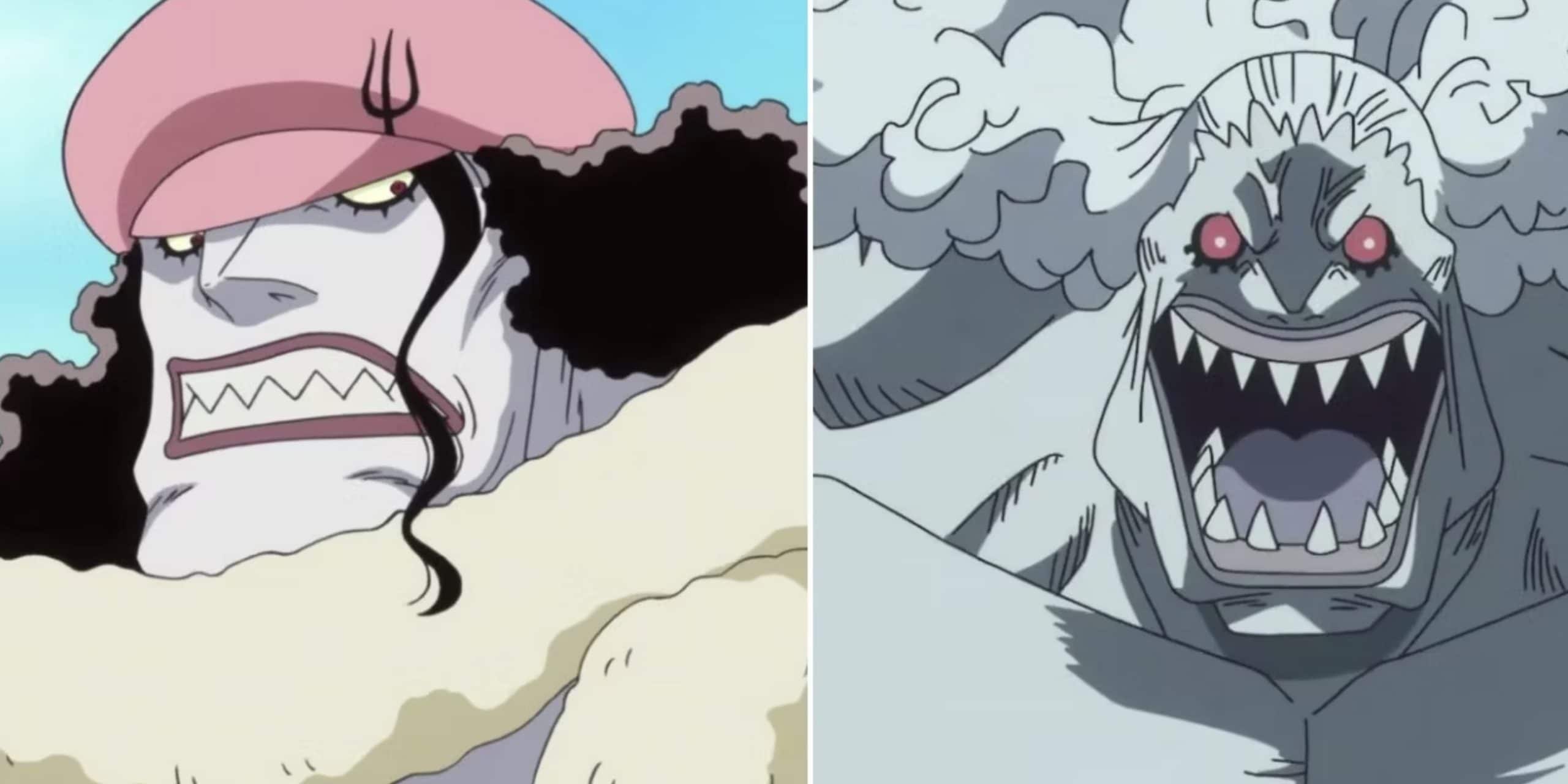
But Oda has previously defended characters such as Hody, suggesting that adults may appreciate and empathize with them in ways that teenage viewers cannot due to their more limited life experience.
While not every villain fully lands, Oda strives to imbue all of One Piece’s characters with humanizing backstories and motivations that resonate across age groups.
Eiichiro Oda’s Exploration of Racism Through the Character of Hody Jones
One Piece creator Eiichiro Oda often tackles major real-world issues in his acclaimed manga epic, including the enduring problem of racism and discrimination.

Despite progress, racism persists globally even after centuries of protest and activism against it. The Fishman Island arc’s central antagonist Hody Jones embodied these still-prevalent racist attitudes.
After 2 years of intense training and separation, the Straw Hat crew finally reunited and embarked on their first major New World voyage – to Fishman Island.

Most residents there welcomed the diverse Straw Hats, but a radical faction led by Hody despised humans and wanted them exiled. Hody’s racism evolved from generations of abuse and oppression of Fishman people by human oppressors.
His hatred ran so deep that even fellow Fishman who cooperated with humans faced his violent wrath.
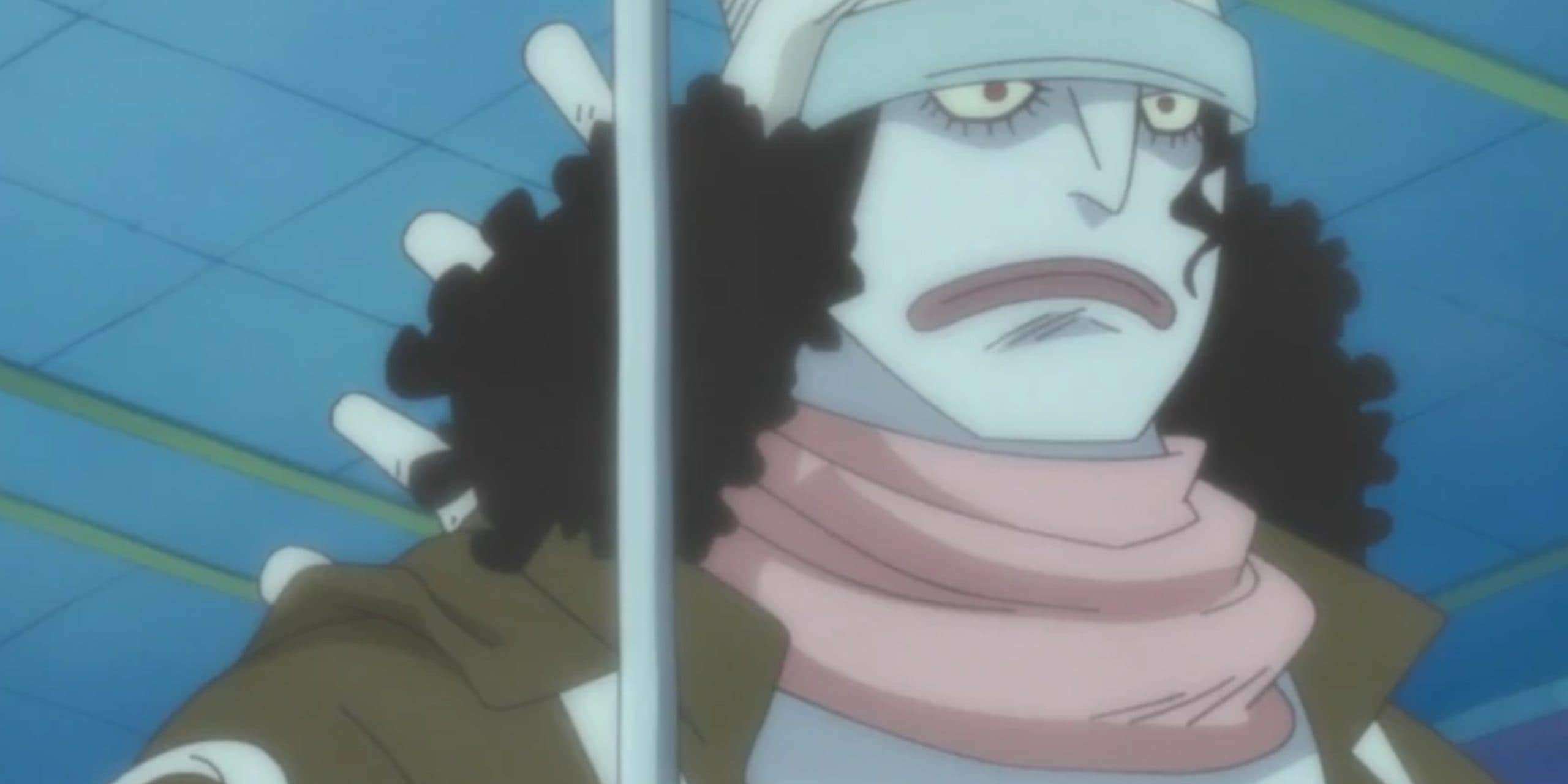
Among One Piece villains, Hody Jones is considered less compelling by some fans. But Oda stood by Hody’s characterization, seeing him as a conduit to spotlight the roots and ramifications of systemic racism.
Though fictional, Hody’s extremism echoes real-life demagogues fueled by racial or ethnic resentment. By exploring this through Hody’s backstory, Oda prompted readers to reflect on prejudice in their own societies.
Systematic Oppression, Historical Grudges, and the Endless Cycle of Racism
In a 2012 interview, Eiichiro Oda stated his belief that the antagonist Hody Jones would resonate more with adult One Piece readers than adolescent fans.
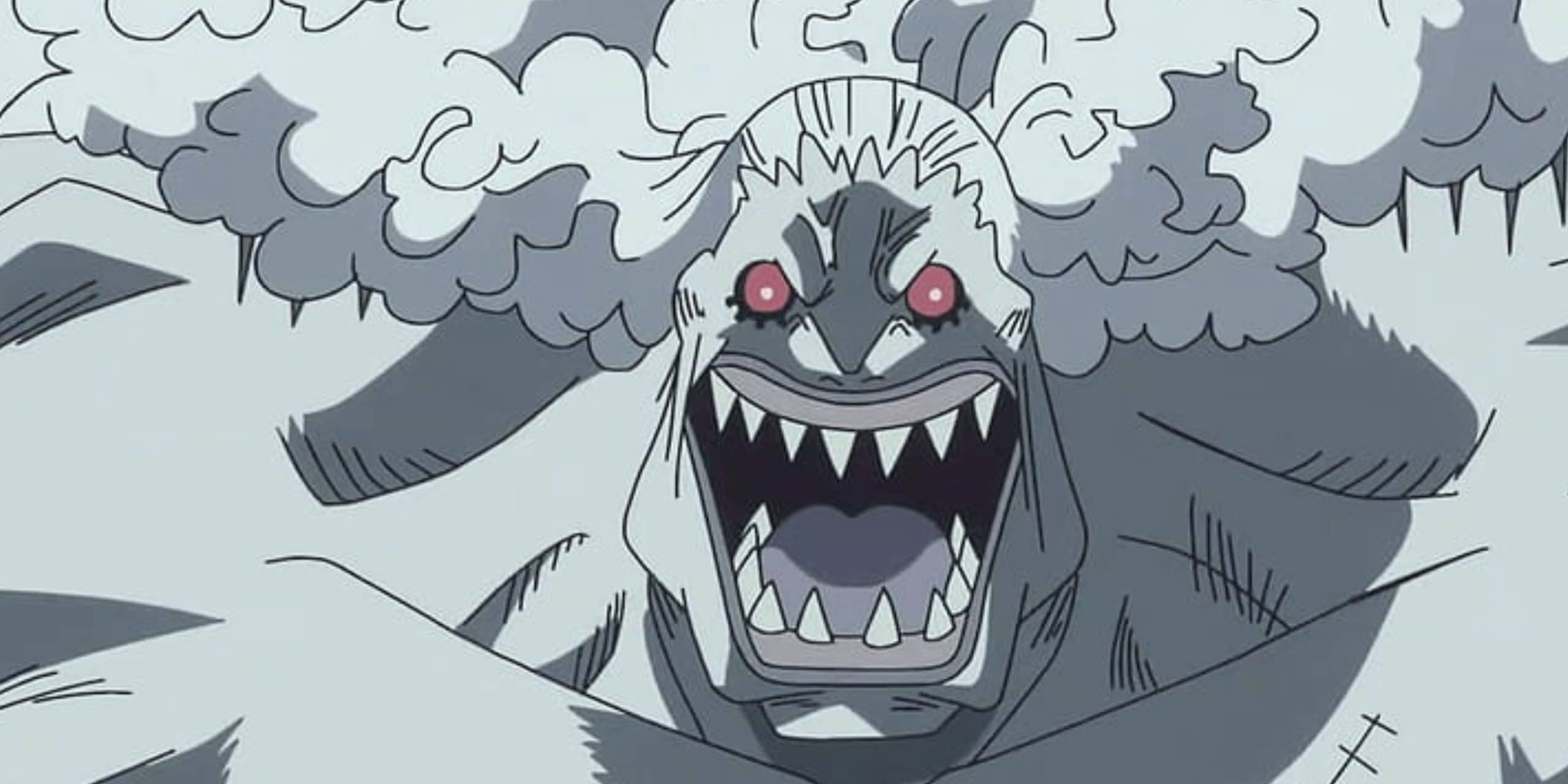
Hody’s deep-rooted racism towards humans stems largely from the abusive treatment of fish people by the series’ tyrannical Celestial Dragons.
Despite efforts by compassionate Queen Otohime over the years to promote harmony, segments of the fish people remained bitterly resentful of humans.

Hody Jones was inspired by the prior extremism of fellow fish-man pirate Arlong, who shared an intense loathing of humans. This ingrained discrimination dates back to the era when the Celestial Dragons enslaved fish people.
Even an act of kindness, like Fisher Tiger liberating human slave Koala, got betrayed – further fueling racial hatred from fish-people like Hody against all humans.
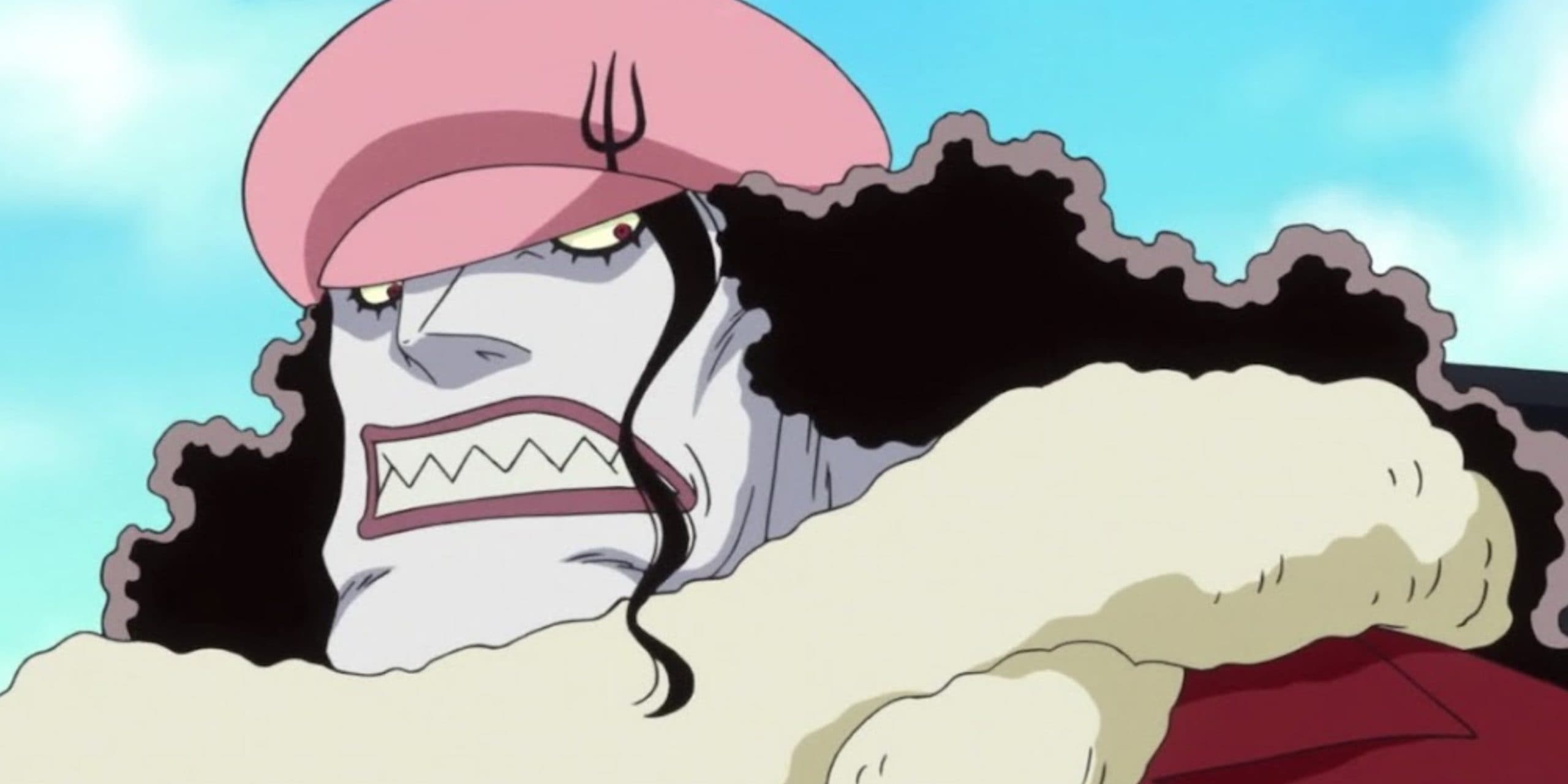
Through Hody’s backstory and descent into increasing radicalism, Oda aimed to thoroughly examine how systematic oppression and historical grudges can foster deep ideological racism that poisons generations.
While some younger One Piece fans may see Hody as a more one-dimensional villain, Oda thought adult readers with more life experience may better identify with and grasp the nuances of how Hody represents real-world racism and vengeance’s endless cycle.
Subtle Social Commentary and the Nuanced Exploration In The Story
One of One Piece’s enduring strengths is how Oda crafts characters that provide insightful social commentary rooted in different real-world issues.
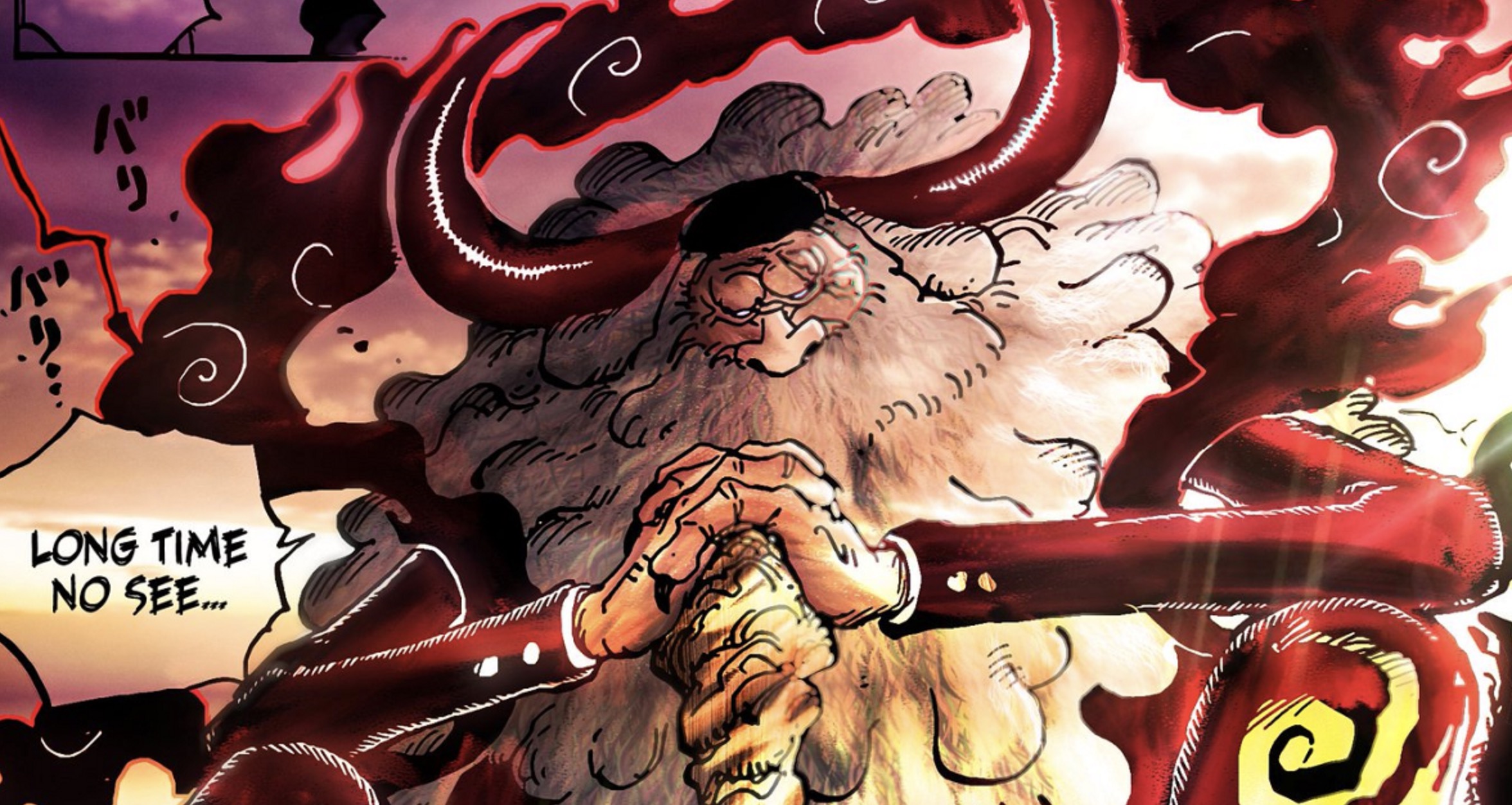
This knack for sharp societal portrayals underlies why, in an interview many years ago, Oda believed the deeply prejudiced Hody Jones would have greater appeal to adult readers.
Although introduced over a decade back during the Fishman Island arc, it took time for some fans to truly grasp the nuances behind Hody’s racism and brutality.
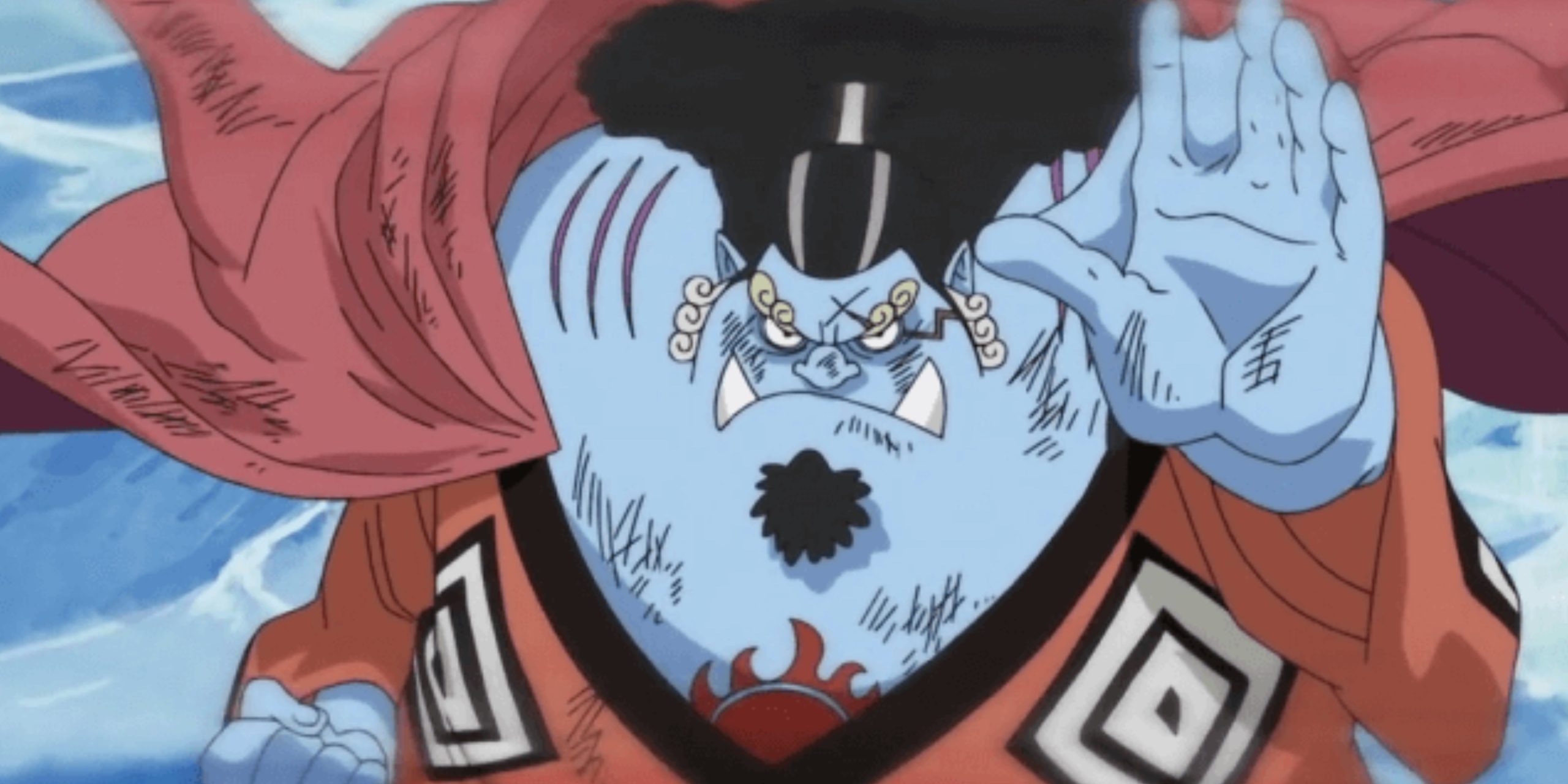
But Oda knew that through the lens of greater life experience and empathy, older readers were better equipped from the start to comprehend the cyclical nature of Hody’s vengeance and connect him to real manifestations of systemic racism across history.
Regardless of initial reactions to Hody, Oda’s prescience in cultivating such a polarizing yet morally complex villain is indicative of his creative genius at tackling meaningful yet uncomfortable societal topics within One Piece’s adventurous pirate narrative.
The nuanced construction of antagonists like Hody enhances One Piece’s enduring resonance.
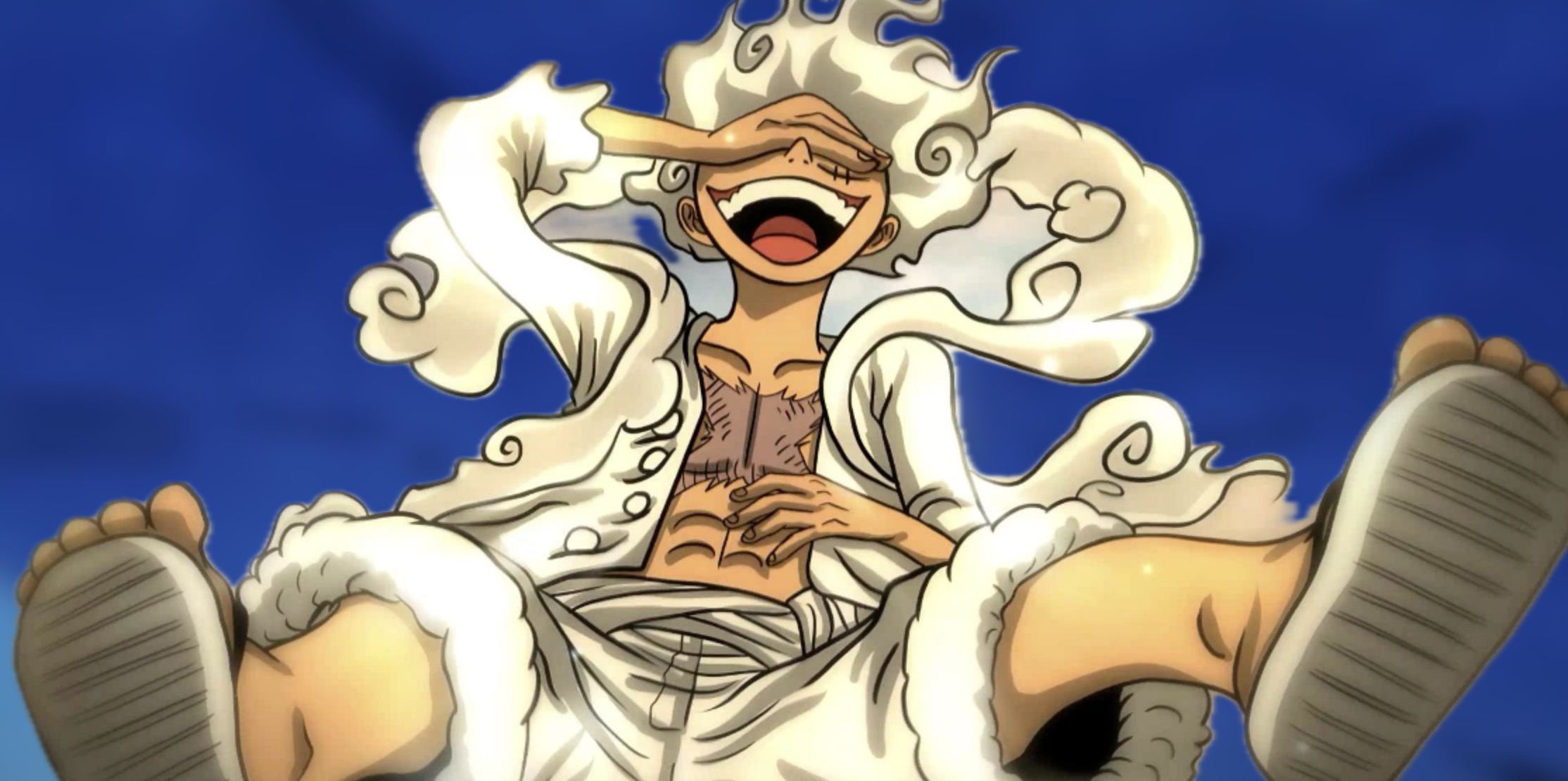
By spotlighting how prejudice takes root and ultimately consumes figures like Hody Jones, Oda unpacks why each generation must actively confront hatred in all its forms – no matter how normalized discrimination may have regrettably become across societies.

